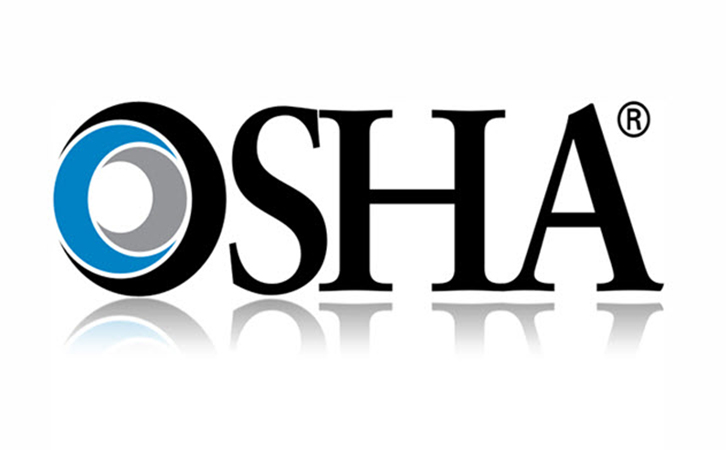OSHA COVID-19 Interim Enforcement Response Plan
04/24/2020

Last week, OSHA issued its Interim Enforcement Response Plan for Coronavirus Disease 2019 (COVID-19). The response plan directs OSHA’s Area Offices to re-prioritize their inspection and enforcement resources, and focus them toward workplaces with the greatest risk of exposure to SARS-CoV-2.
What Does This Mean for My Business?
OSHA 's response plan reminds employers that it will continue to enforce workplace health and safety standards across all industries and workplaces, but until further notice, will focus more strongly on occupations and workplaces “with high potential for exposure to known or suspected sources of SARS-CoV-2."
OSHA’s interim response plan includes guidance for its Area Offices to identify which workplaces are considered high and very-high, medium and low COVID-19 exposure risks, in order to help accurately prioritize enforcement activities. This guidance is consistent with the risk levels established last month in OSHA’s “Guidance on Preparing Workplaces for COVID-19. These risk classifications are as follows:
- High and Very High Risk – jobs and workplaces with high potential for exposure to known or suspected sources of SARS-CoV-2 including, but not limited to:
- Hospitals treating suspected and/or confirmed COVID-19 patients;
- nursing homes;
- emergency medical centers;
- emergency response facilities;
- settings where home care or hospice care are provided;
- settings that handle human remains;
- biomedical laboratories, including clinical laboratories, and;
- medical transport.
- Medium Exposure Risk - jobs and workplaces with frequent and/or close contact with (i.e. within 6 feet of) people who may be (but are not confirmed to be) infected with SARS-CoV-2. Workers and workplaces in this category include, but are not limited to, those who have contact with the general public (e.g., in schools, high-population-density work environments, and some high-volume retail settings).
- Lower Exposure Risk - jobs and workplaces that do not require contact with people known to be, or suspected of being, infected with SARS-CoV-2, and do not require frequent close contact with the general public. Workers in this category have minimal occupational contact with the public and other coworkers.
With so much of your focus already dedicated to protecting your workers and, in the case of health care providers and emergency responders, protecting all of us, compliance is probably the last thing on your mind. However, if your business falls into the high or very high-risk categories, the probability of receiving a visit from an OSHA inspector is now much greater, and will likely be for the duration of the COVID-19 pandemic. Now, more than ever, you need resources to simplify compliance and reduce the time and effort required for compliance.
VelocityEHS Can Help!
VelocityEHS continues to closely follow the ongoing developments from regulators and public health agencies during the COVID-19 pandemic, and we’re committed to connecting you with the information you need to stay safe and healthy during these challenging and uncertain times.
Check out our VelocityEHS COVID-19 Resource Site for a growing library of helpful resources, and free access to tools that can help you simplify compliance so you can focus on what matters most.
Please stay safe, continue to follow guidance provided by public health experts, and we’ll get through this together.






